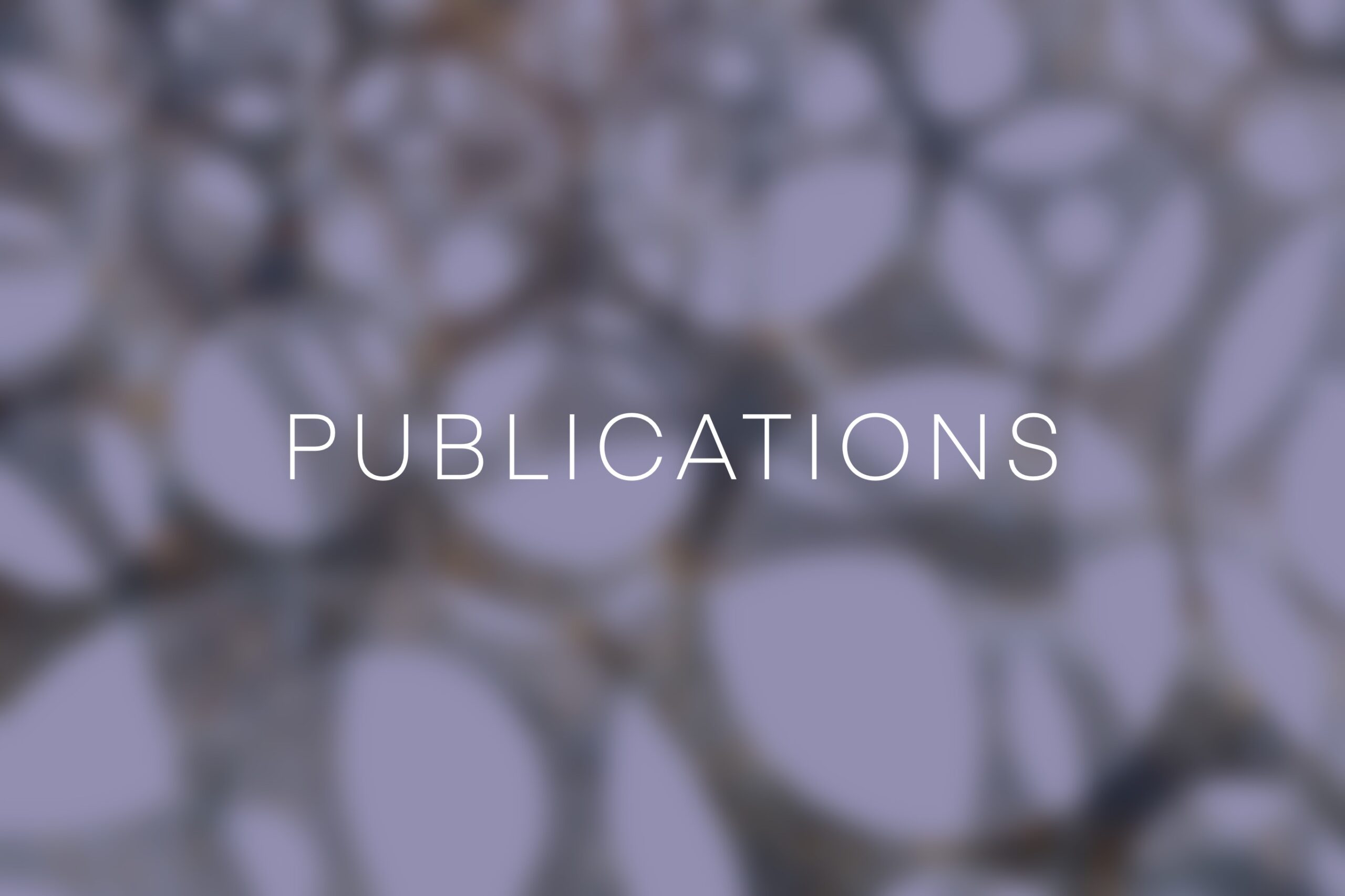Week 13: Publication, Exhibition Documents and Legacy

Introduction
In the week 9 lecture, Publishing as Curating, Adam Benmakhlouf presented publication as a practice, acting as more than just a companion for a curatorial event but a theoretical site for the iteration of artistic themes and writing.
Firstly, published documents have become a way to fix transient forms of art. As demonstrated by Benmakhlouf’s discussion of the Give Birth to Me Tomorrow film festival, while the event title referenced the time-based inspiration and temporal situation of the video piece, the text was intended to ‘extend the festival in the present tense’ (Benmakhlouf, 2021, in LuxScotland). The published document creates a documented legacy artefact of the event whilst extending the curatorial themes.
Secondly, a printed publication must be regarded as a physical object. In the case of the Way we Hold, the construction of the book enforced the purpose of the publication as a manual. The page binding allowed the pages to easily lie flat on a table, remaining open. The document became communal, as no one individual would have to hold it open, while making it easier for individuals to present the contained information or complete the included activities.
Immediate implications for personal projects
My proposed exhibition is temporary and limited to 2 weeks. Initially I had considered avoiding a published document, reinforcing the curatorial theme by bringing forth notions of loss. However, exclusively featuring artists who are graduates/early-career, I believe that I have an ethical responsibility to create a form of legacy for the exhibition. The artists have been selected knowing that they will have few previous exhibition experiences. Exhibitors would find evidence of how their work fits into curatorial contexts useful in applying for subsequent arts opportunities.
In the same way that the concept of fixing ephemerality enhanced the curatorial themes of Give Birth to Me Tomorrow, the extension of temporal presents can become part of my time-based curatorial exhibition design and the theme concept of destiny within Wyrd.
The open-page binding of How We Hold made me think about the materiality of the publication. With a focus on climate change, environmentally sustainable ink, papers and practices will have to be central to the publication process so as not to compromise ethical and theoretical responsibilities.
Based on these considerations, the publication will be physical, sustainable, accessible, informative and descriptive.
Further Considerations
I have decided that publications shall be Riso printed. This is a duplication process that has cemented itself as a contemporary form of small-scale publishing that resists the dematerialisation that many institutions have moved towards with online and electronic delivery systems. The risograph is conceptually beneficial to my project in two ways. Firstly the appearance, paralleling zines, the printing style brings attention to underground cultures and erased voices as a way of countering dominant cultural narratives. As an exhibition with strong themes of decoloniality, anticapitalism, and anti-Anthropocene, locating the contained information within an anti-hierarchical paradigm (Haylock, 2011).
Secondly, small-scale printing highlights the collaboration with external agents as central to the publishing process. Curation and publishing have been posed together, as the curator acting in a similar capacity to the editor. Dr Brad Haylock (2011) identified both curation and small-scale publishing as two forms of labour that are intensely reliant on developing conversations across diverse spheres of participants and audiences. The act of publishing can become situated within my framework of reciprocity, where the printed document becomes an artifice of an interconnected web of co-authorship and collaboration. Finally, risographs are an inexpensive and budget-friendly form of printed material that has minimal environmental repercussions (Riso, n.d.).
Application to Speculative Project
Publication will be in the form of a gallery guide to accompany visitor interaction with the exhibition. This will aid accessibility for visitors who require interpretive material and who are unable to attend an exhibition tour. Embracing inherent forms of co-authorship, the document will be a collaboration and comprise writing contributed by artists and myself as the curator. Modelled after the Talbot Rice and Collective Exhibition guides, the publication will feature a variation of the exhibition ‘wall text’, an exhibition map, and descriptions of the displayed artwork.
The publication will be risograph print on recycled seed paper. This paper has plant seeds, so if the publication gets thrown away, it will have a beneficial ecological impact. This acts as an extension of the exhibition, directly offering the participant the opportunity to take part in restorative action by planting seeds.
Bibliography
Haylock, B. (2011). Beyond D.I.Y.: On Risography and Publishing-as-Practice. The International Journal of The Book, 8(4), pp.119–127.
Luxscotland (2021). GIVE BIRTH TO ME TOMORROW – Artists’ Moving Image Festival. [online] Available at: https://luxscotland.org.uk/programme/events/give-birth-to-me-tomorrow-artists-moving-image-festival [Accessed 21 Apr. 2025].
Riso (n.d.). We care about the environment and strive to support it. [online] Available at: https://www.riso.co.uk/environment.html. [Accessed 21 Apr.2025].



